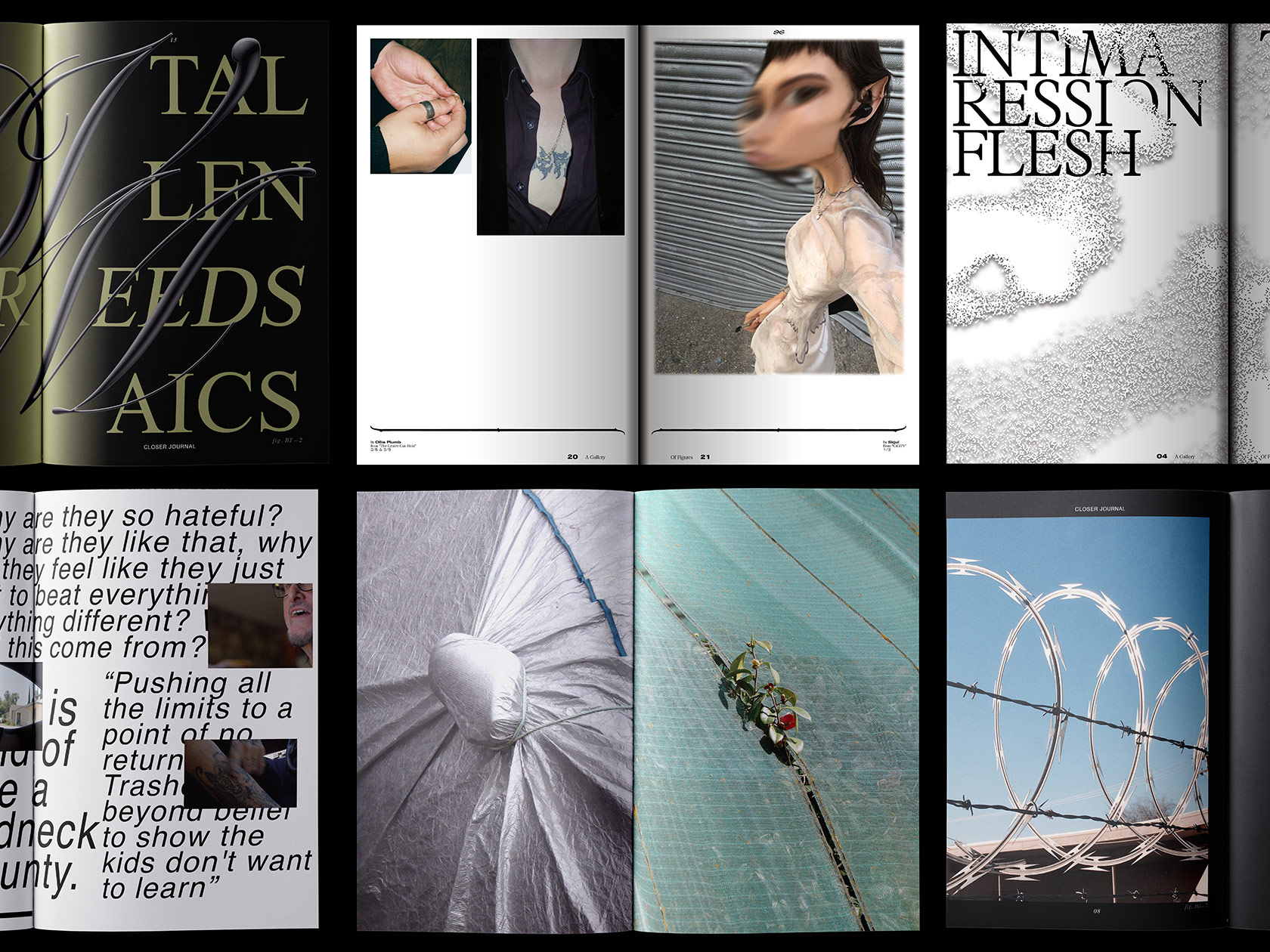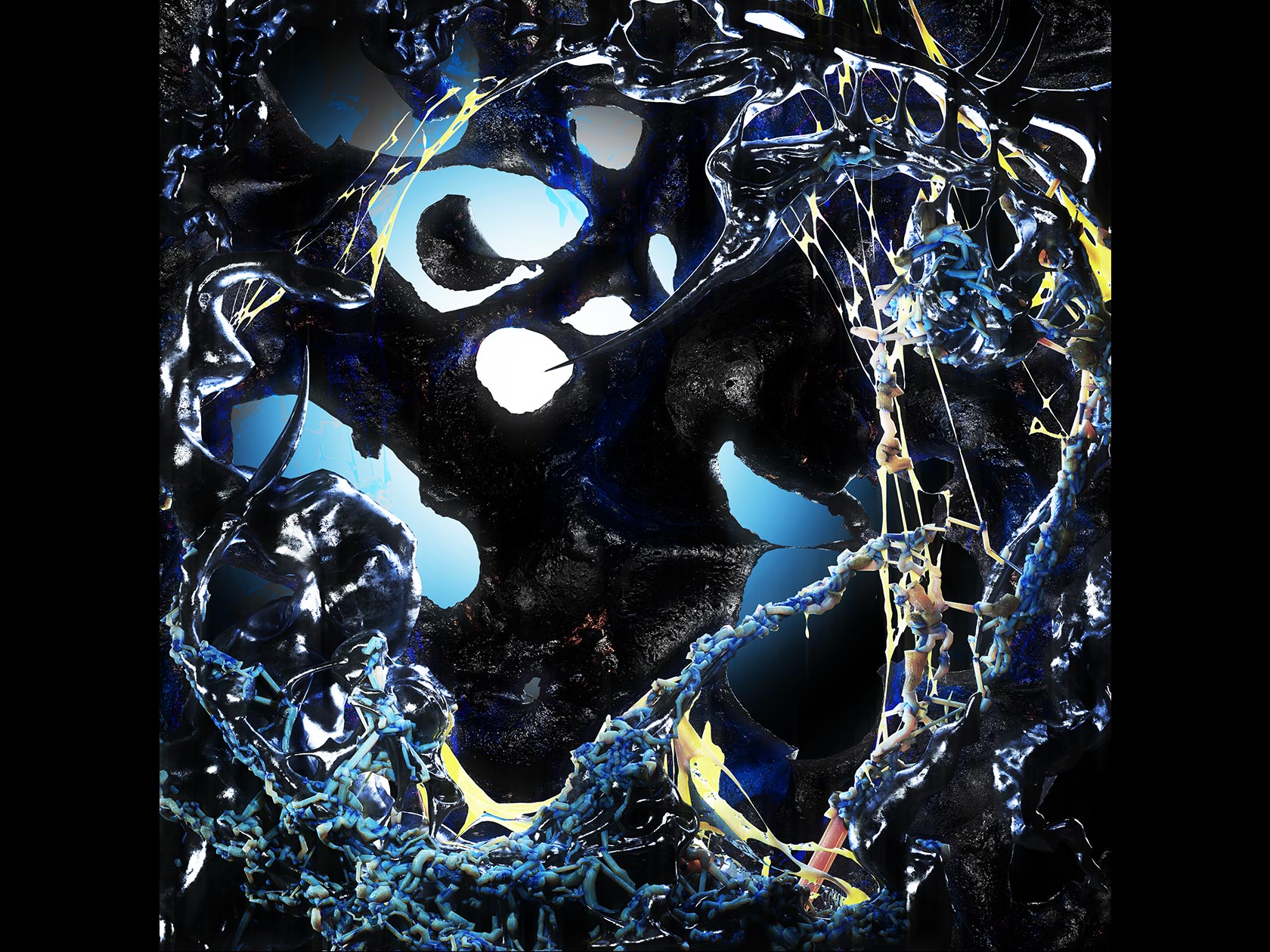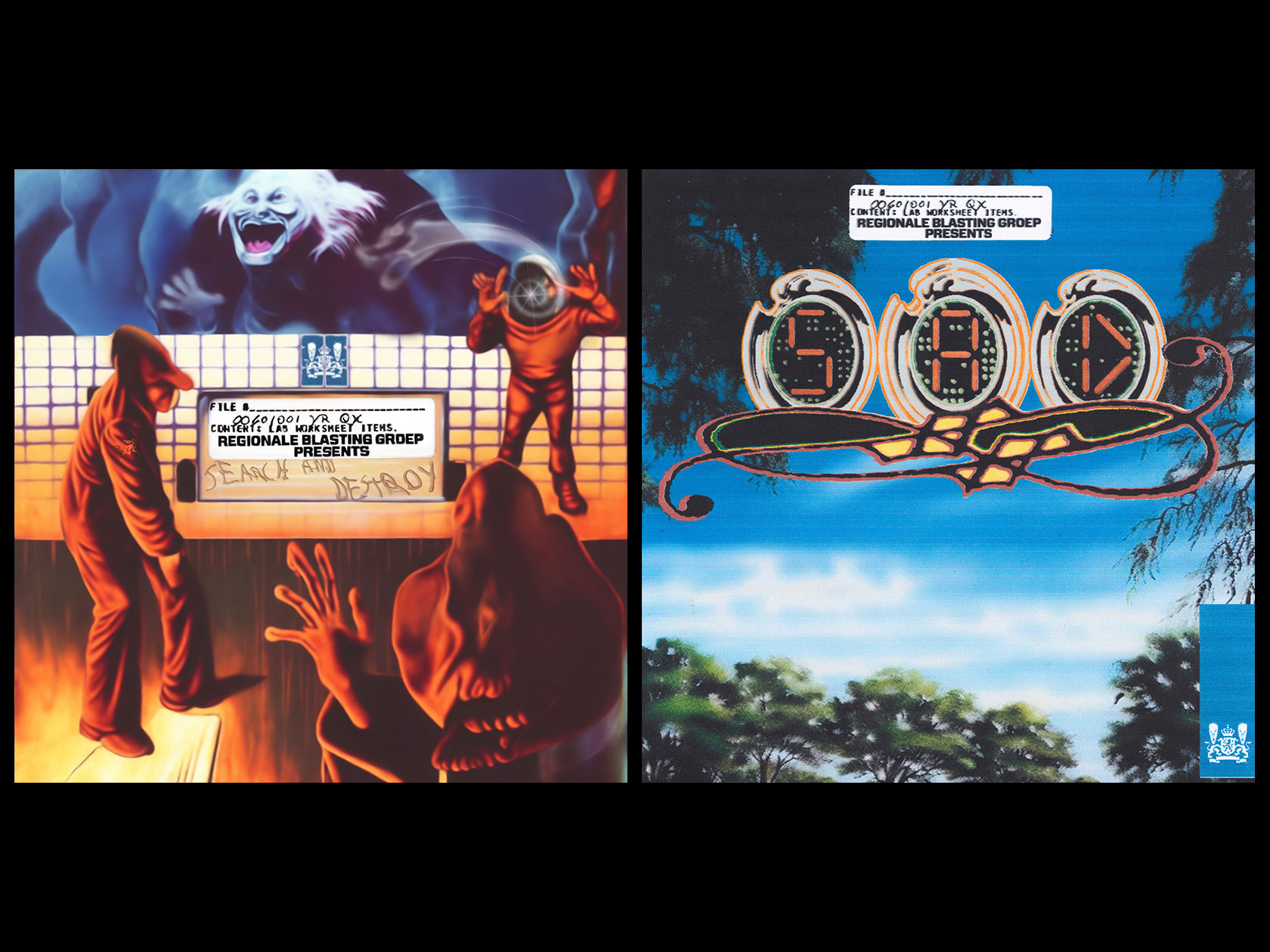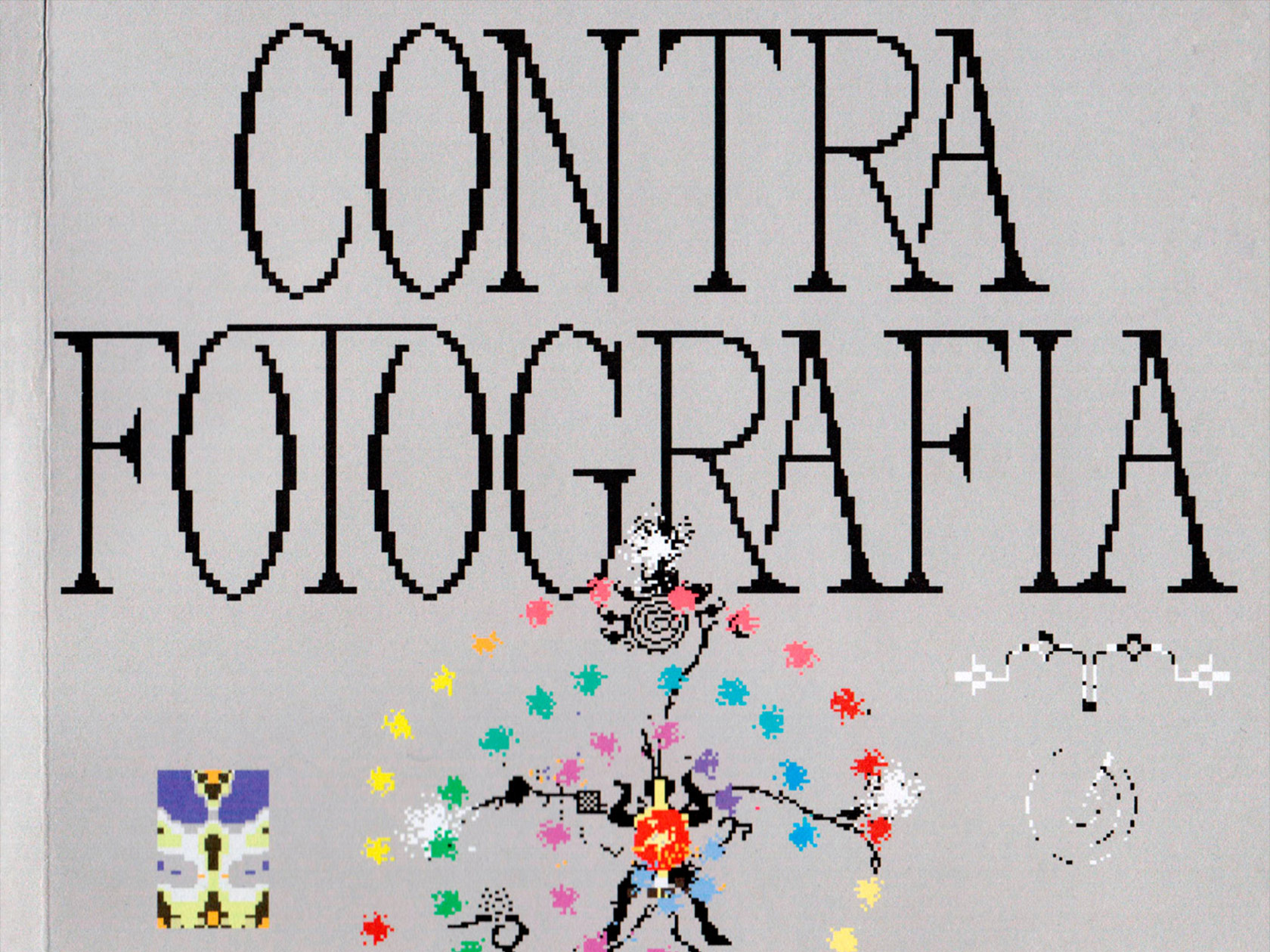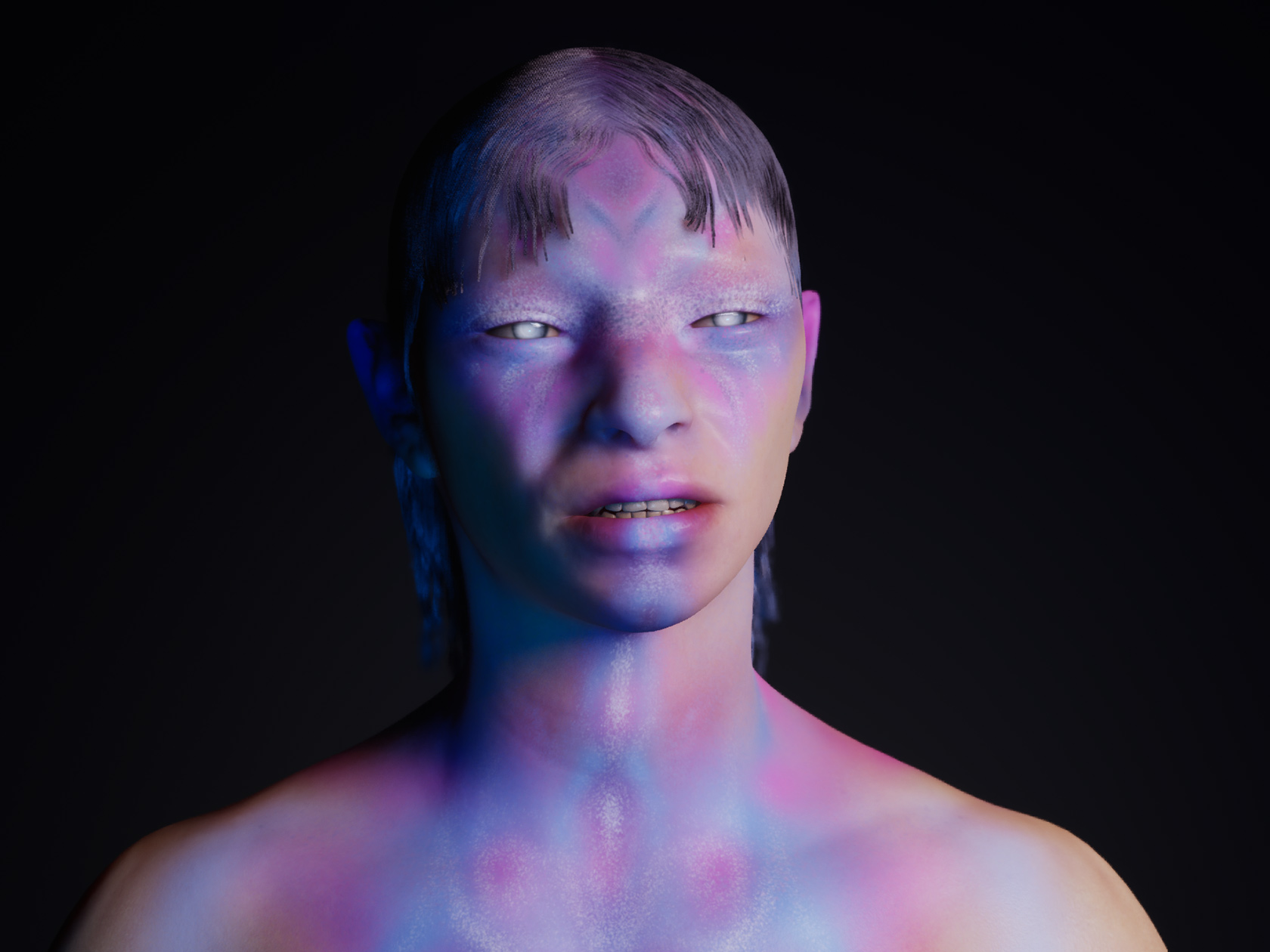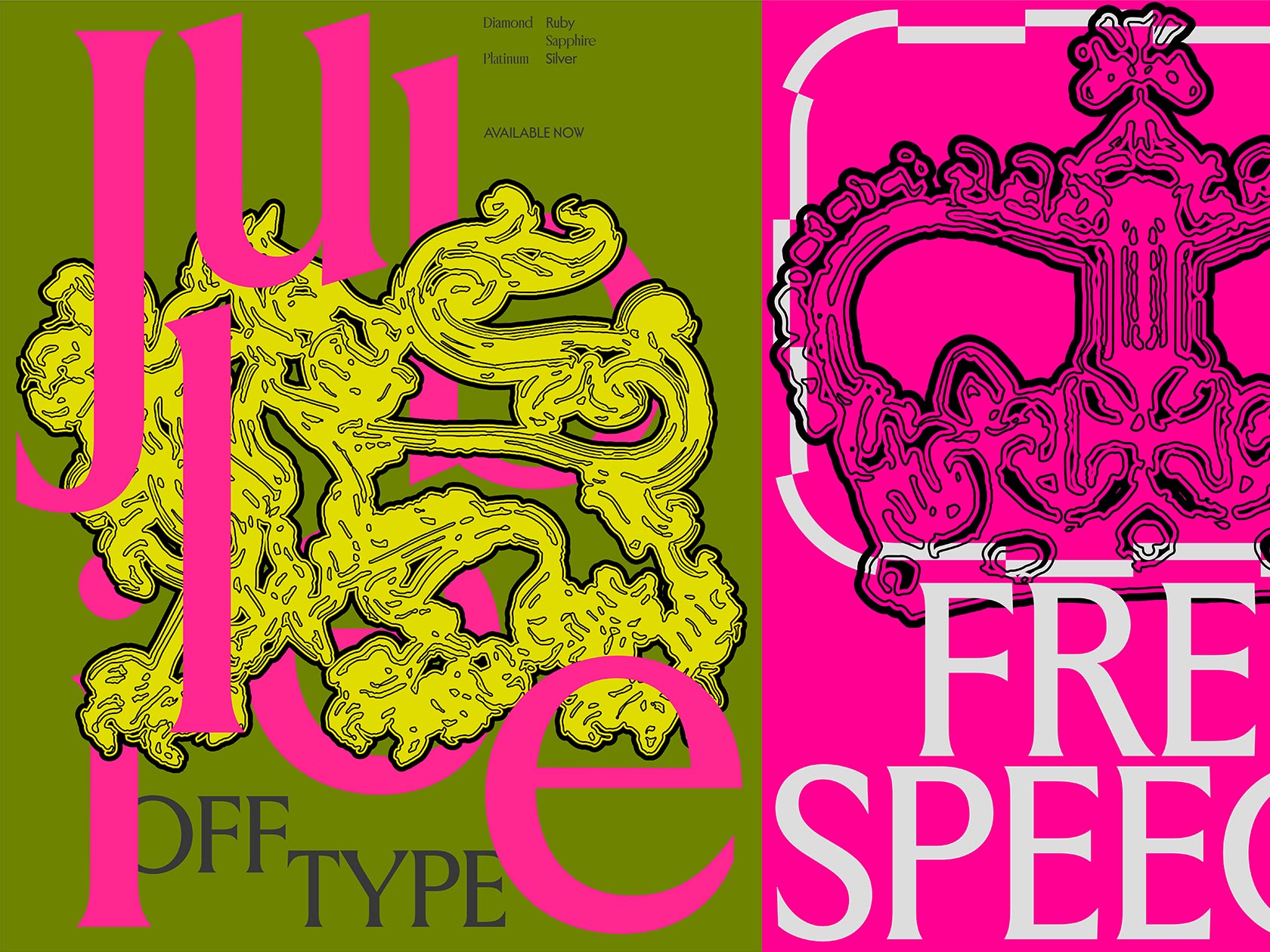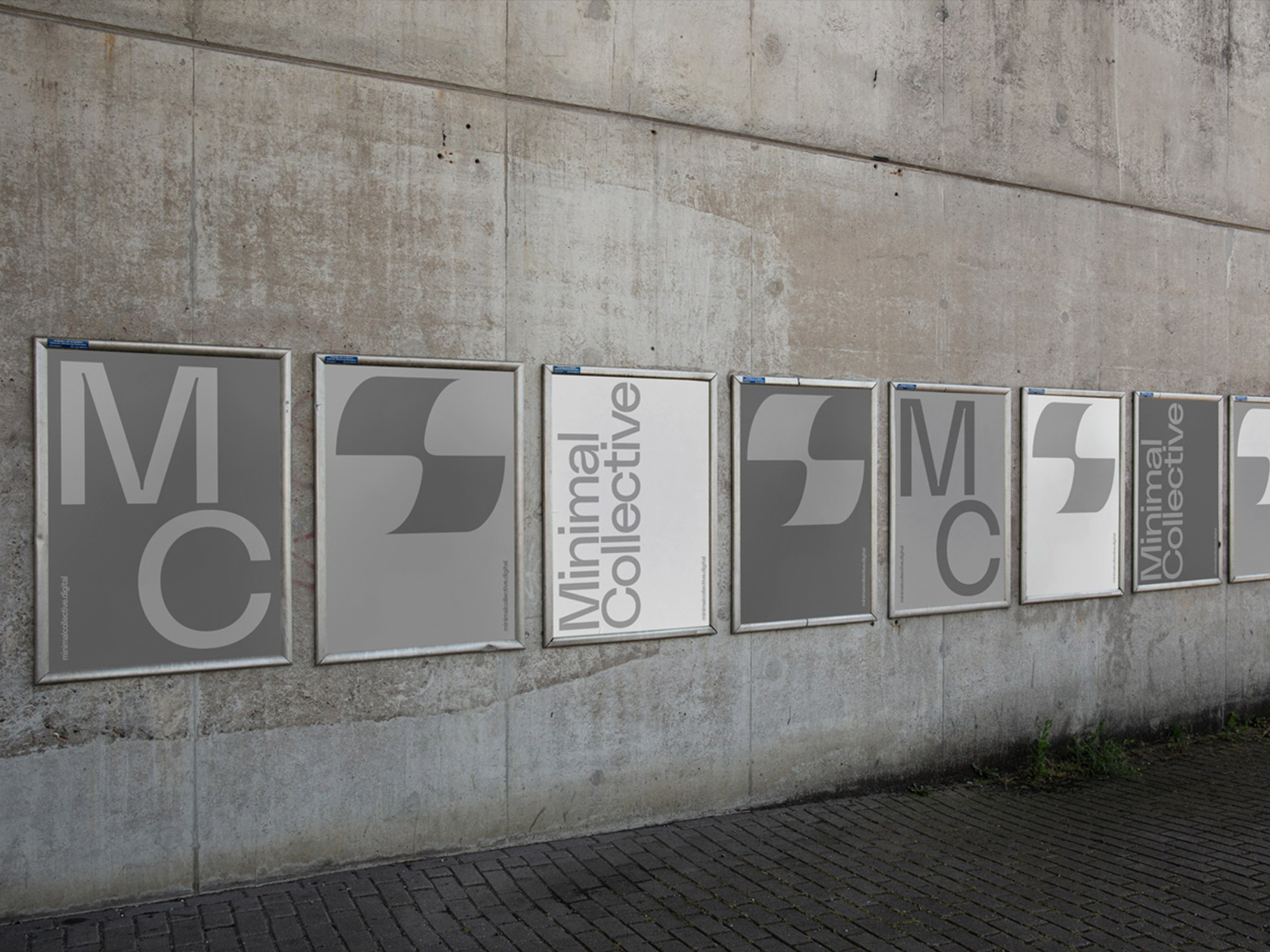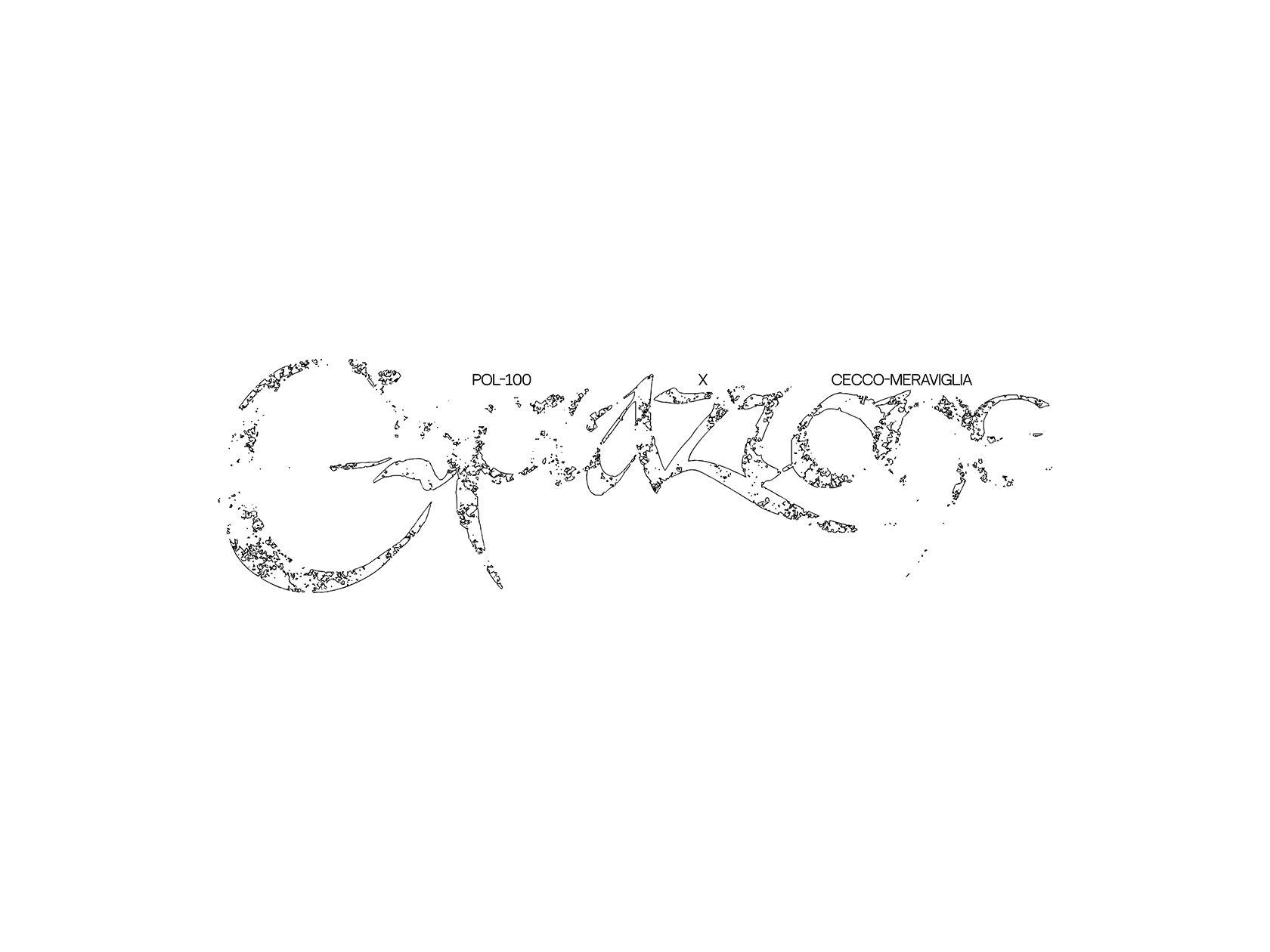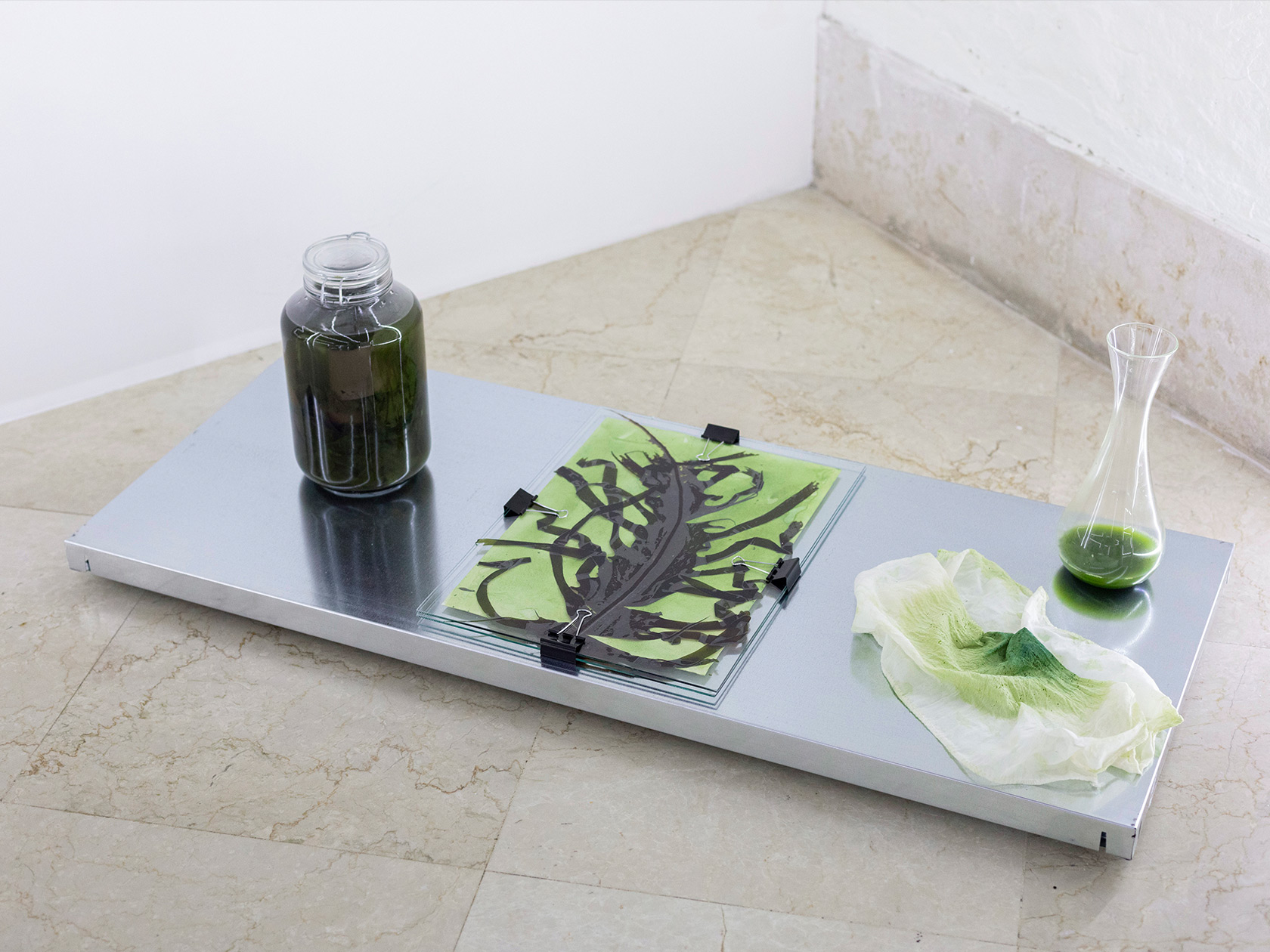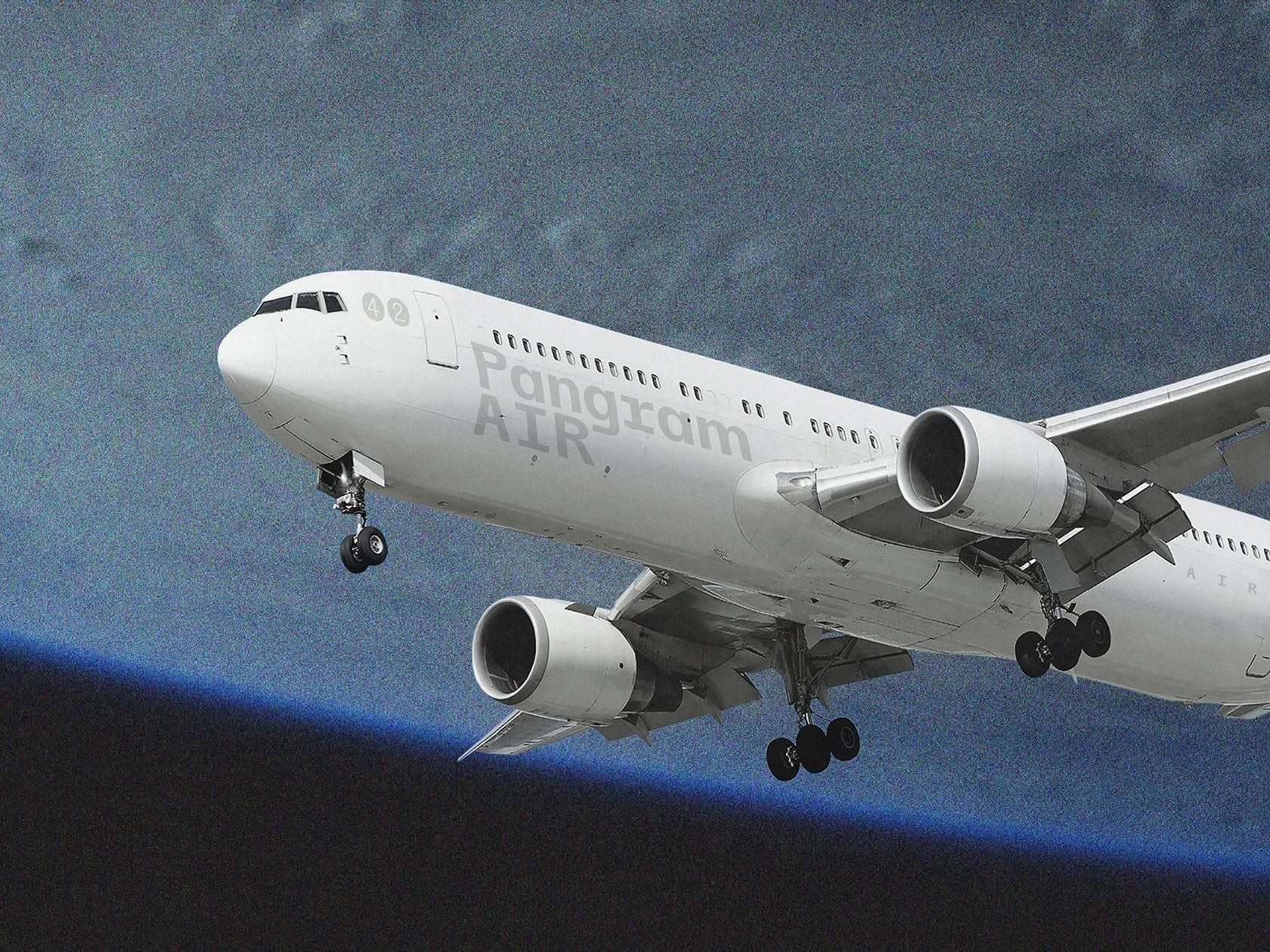Desire Press was born out of a need to create and curate, a principle which is visible throughout every project they released in the last years. As collaboration is at the heart of Desire’s ethos, the Manchester based Art Studio and Independent Publisher has worked with several artists in the past, among them Lucie Armstrong, Lucas Chemotti, Zoë Thabile, Tyrone Williams and Jean-Christophe Recchia. “We find it interesting to connect the dots and find common ground between different expressions of a theme. From a curation point of view, the dynamic of finding different voices to amplify and round a concept is exciting”, Ben Barbetta Thompson and Meg Saoirse Williams tell Collide24, “It challenges and helps shape our perception of the world and we want to share that ideology. Linking ideas and linking people.” While the duo forms the core team of Desire Press, with Ben handling Design, Typography and Art Direction and Meg focusing on Concept Design and Copywriting, there are many constant collaborators who appear throughout their work.
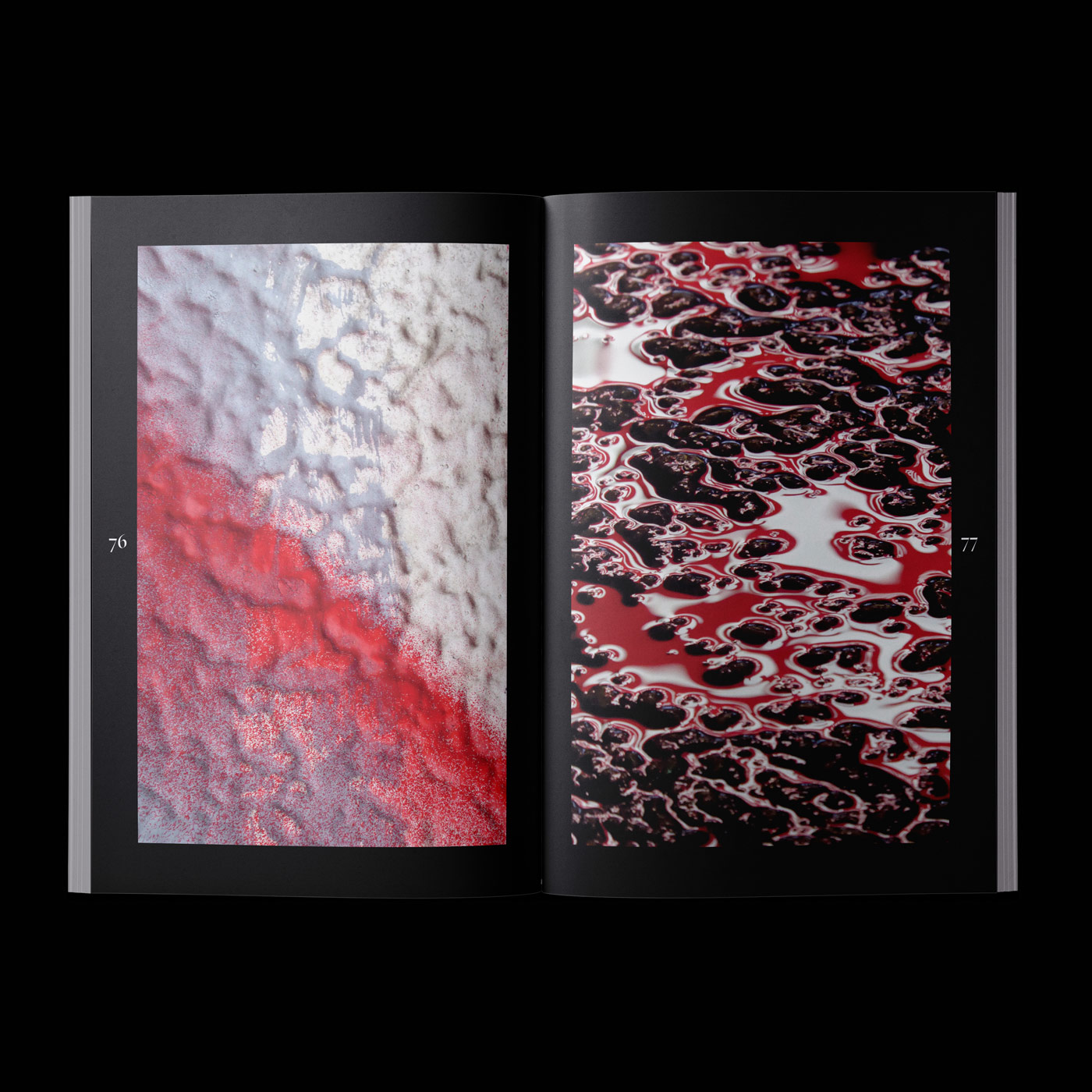
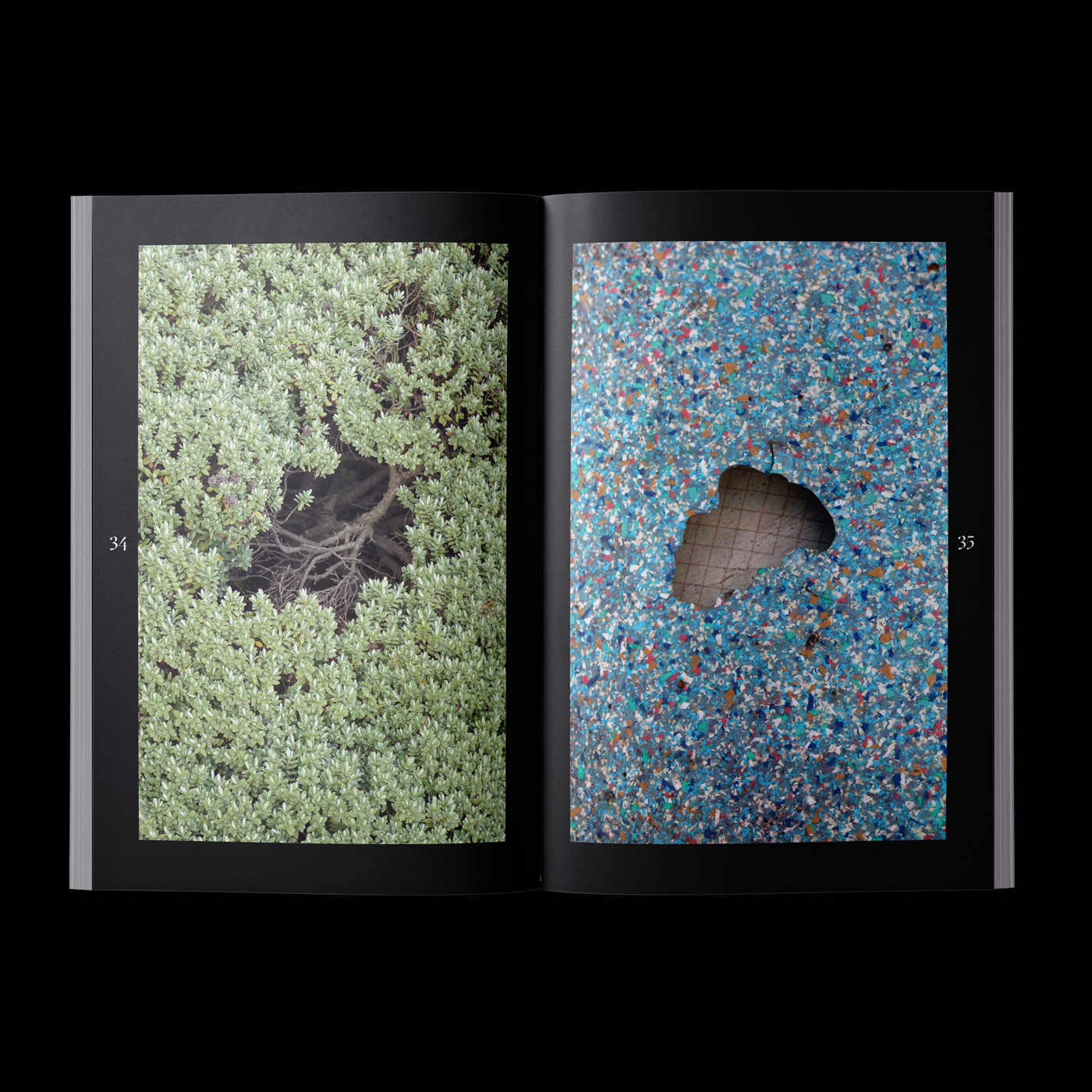
The unconventional Studio has occupied a unique space in the publishing sector, continuing to go from strength to strength. “Our process is usually project based, although we always have many ideas that are continually developing in conversation for future fruition. Every project is different but text, slogans and statements are common starting points”, Desire tell us. “For our group zines we start out by selecting contributors we think will be able to provide broad and interesting perspectives on a particular brief.” In order to create a creative network, Desire aim at encouraging the discourse between the artists, leading to separate collaborative projects between the different contributors in the past. “We collect the works and present them in the most impactful way we can. This can be via juxtaposition or association on various levels”, they state. The studio’s signature language is on the pulse, but timeless, mixing “hi-brow/low-brow imagery/typography to create works that are simultaneous glossy and rough.”
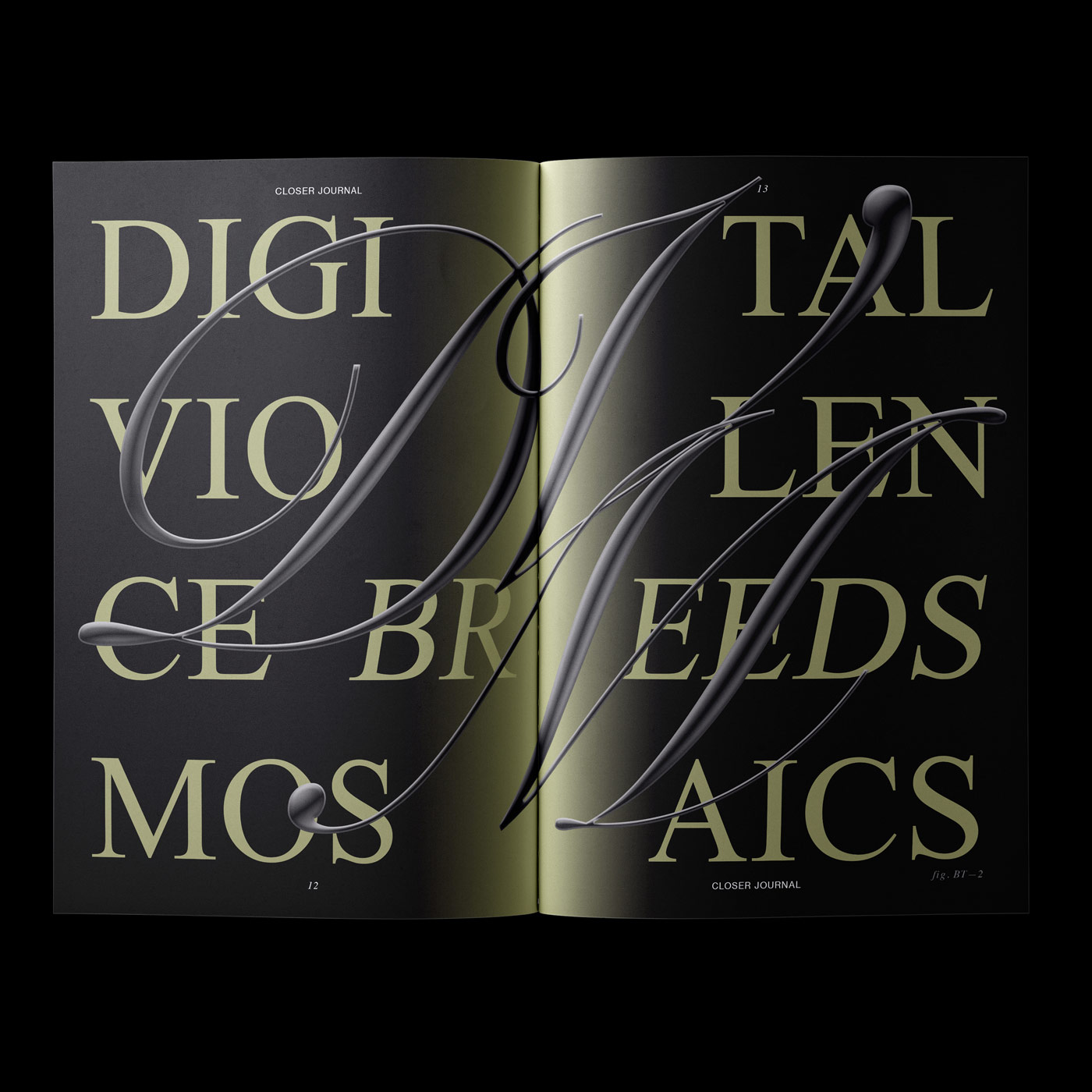
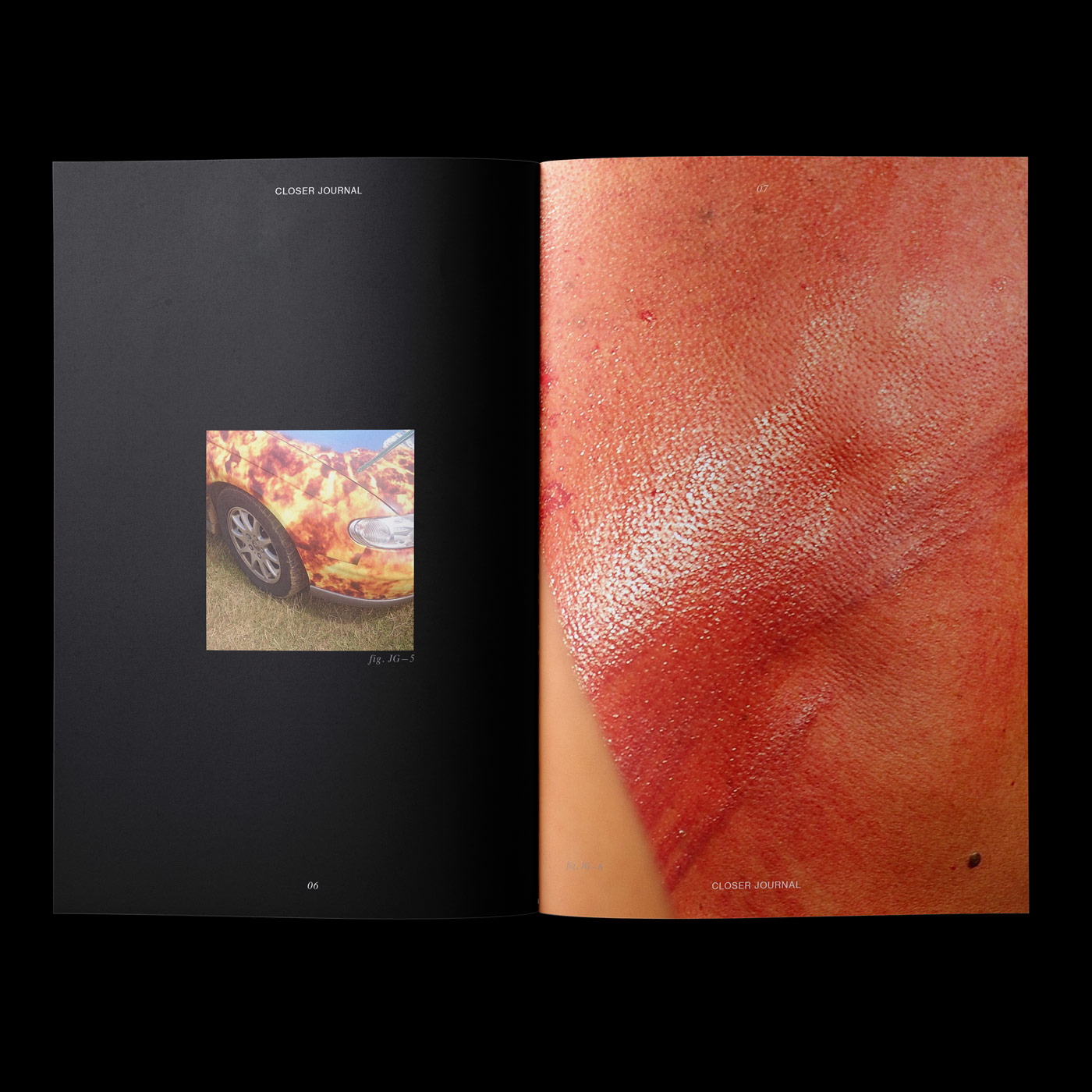
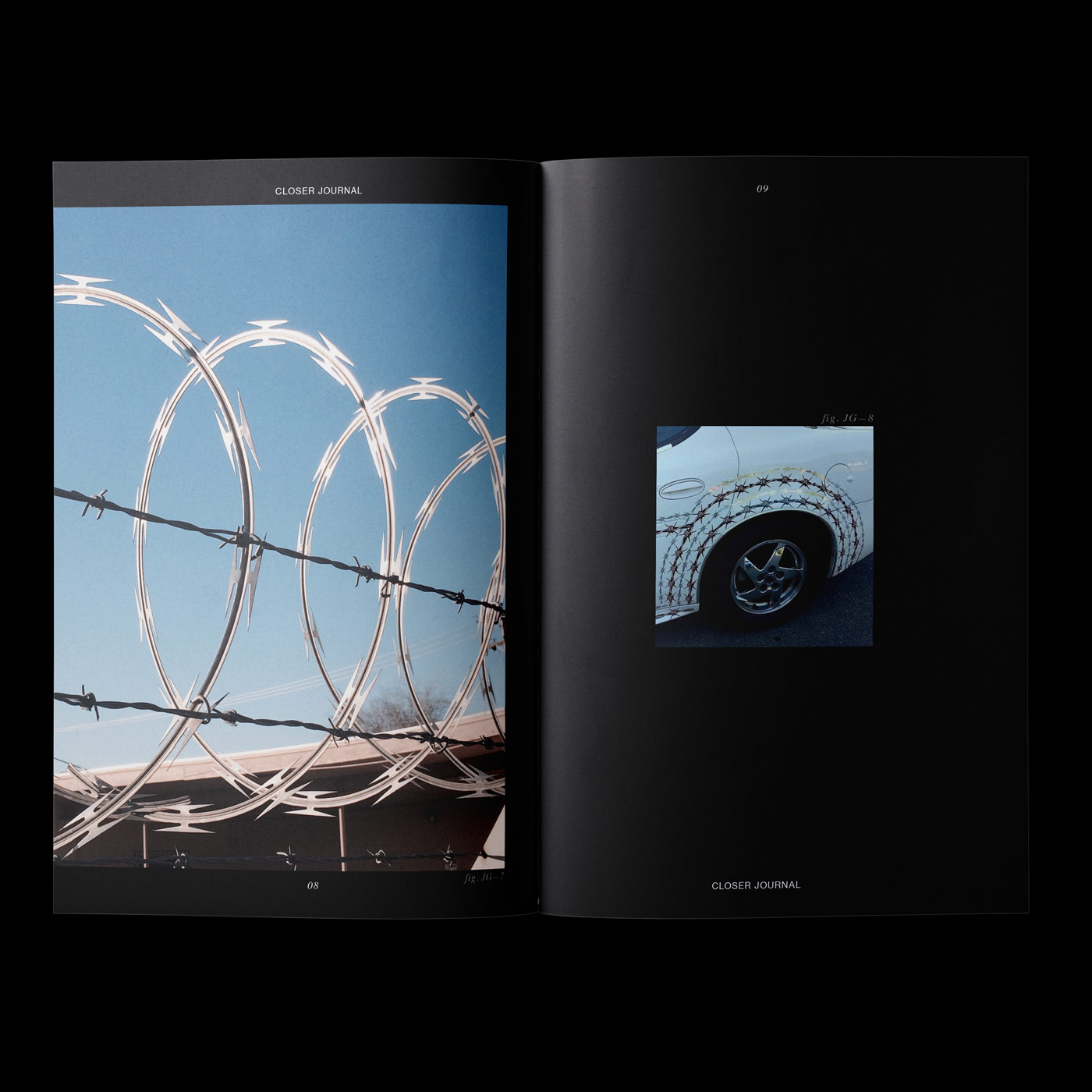
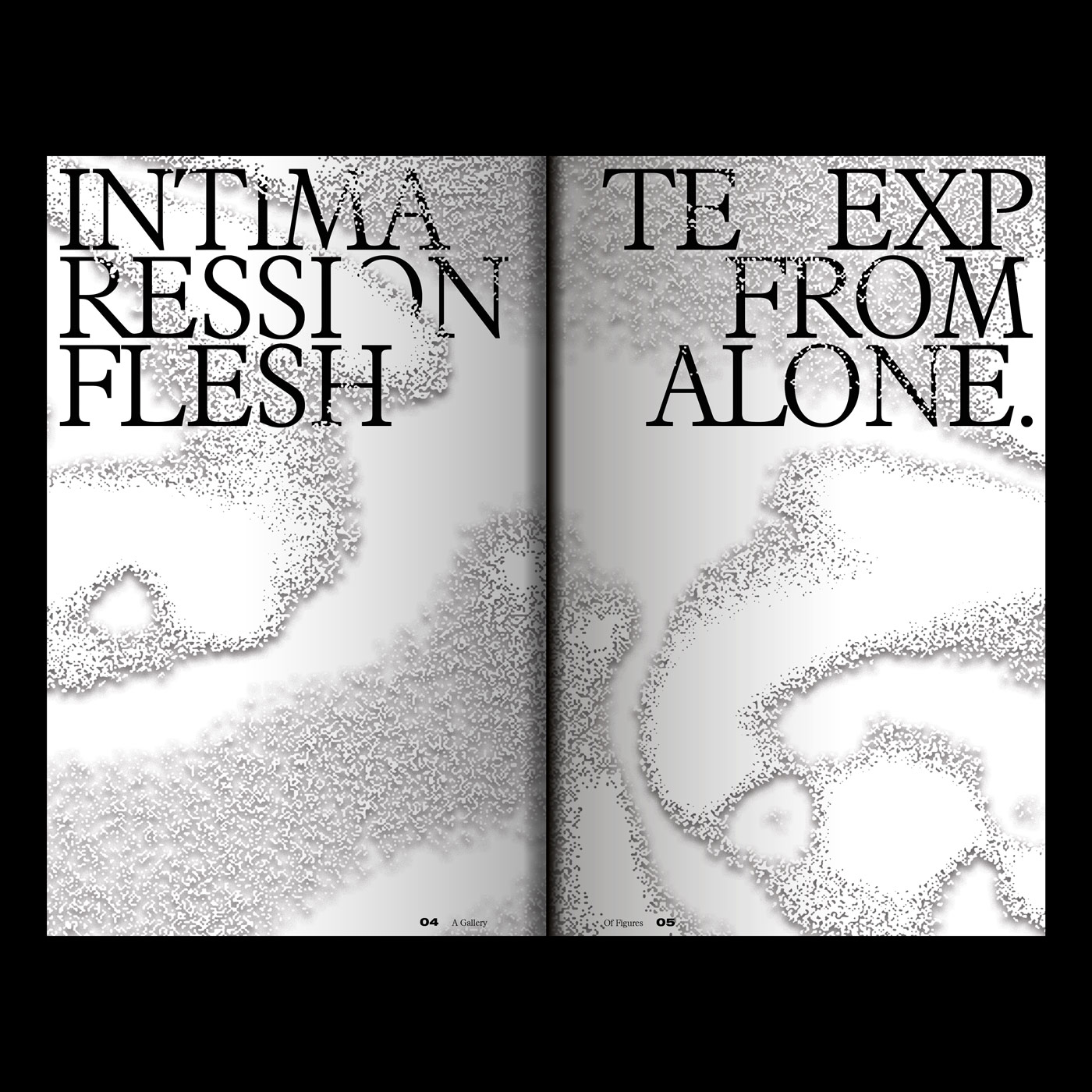
A common theme in their output is working with mundane and everyday imagery, often involving distorting or remolding objects or ideas to transcend its original function. One of editorial their projects, the design journal Closer, explores the connection between banality and beauty. “It’s aimed towards anyone who has looked closer and found something, perhaps even escapism, in the small details, particularly in those private moments between ourselves and our environment”, Desire explain, “It’s a study of the accidentally aesthetic arrangement of the mundane and celebrates the allure in something that may first look decrepit and ugly. Beauty is found in imperfections. Escapism is found in the details.” Featuring works from international designers, photographers and writers, the artists involved in this project were curated carefully. “All of the artists involved in Closer are people we know personally or have an online relationship with because of their work. It was a carefully curated list of artists we felt confident would not only execute, but really understand and further the vision we had for the publication.”
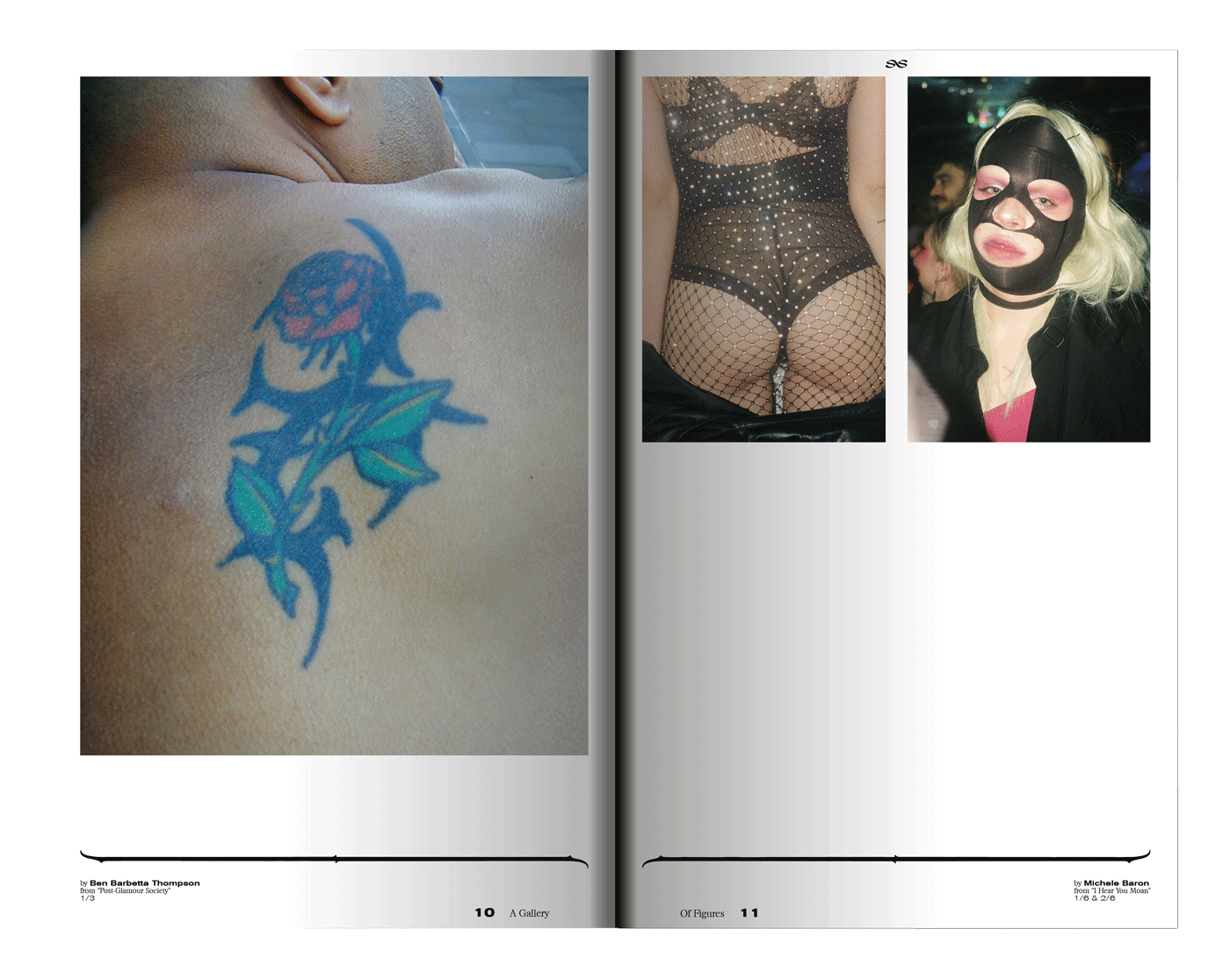
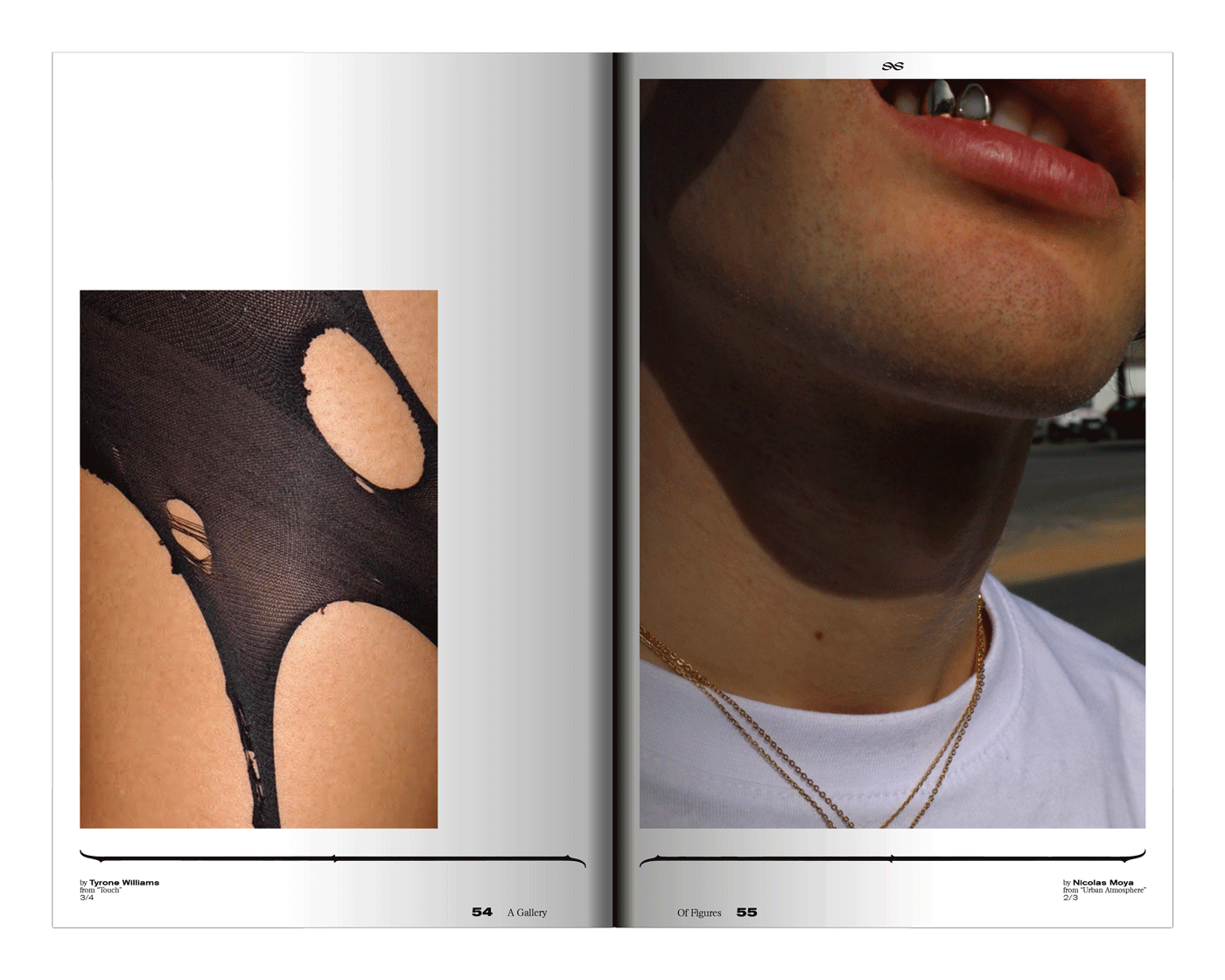
In A Gallery of Figures, Desire explores the shared human experience and the visual signifiers that humans utilize to express their individuality. By focusing on modern Portraiture, the catalogue is a photographic exploration into individualism, identities and self-expression and can be seen as an insight into human nature. “We love people watching and wanted the catalogue to capture that voyeuristic feeling. Like looking into a mirror, people-watching allows us to see further into ourselves and the catalogue allows us to adopt a safe distance and watch the thrilling banality of people being people with no risk of eye contact! ”, Desire explain, “We were also interested in ‘selfie culture’ because the scope for deviation from reality in portraiture provides space for identities to be created and explored with much validation to be gained. Manipulations, exaggerations and alternative renderings of identity can be a device of affirmation, experimentation and creativity. We wanted to catalogue the perception of human identity via visual language and crack the subtle syntax of style.” In order to gain a broad spectrum of identity presentations and capture the power of physical appearance in different ways, different artists have worked on this project, among them Michele Baron, Rachel Filler, Ollie Plumb and Zoe Spurgeon.
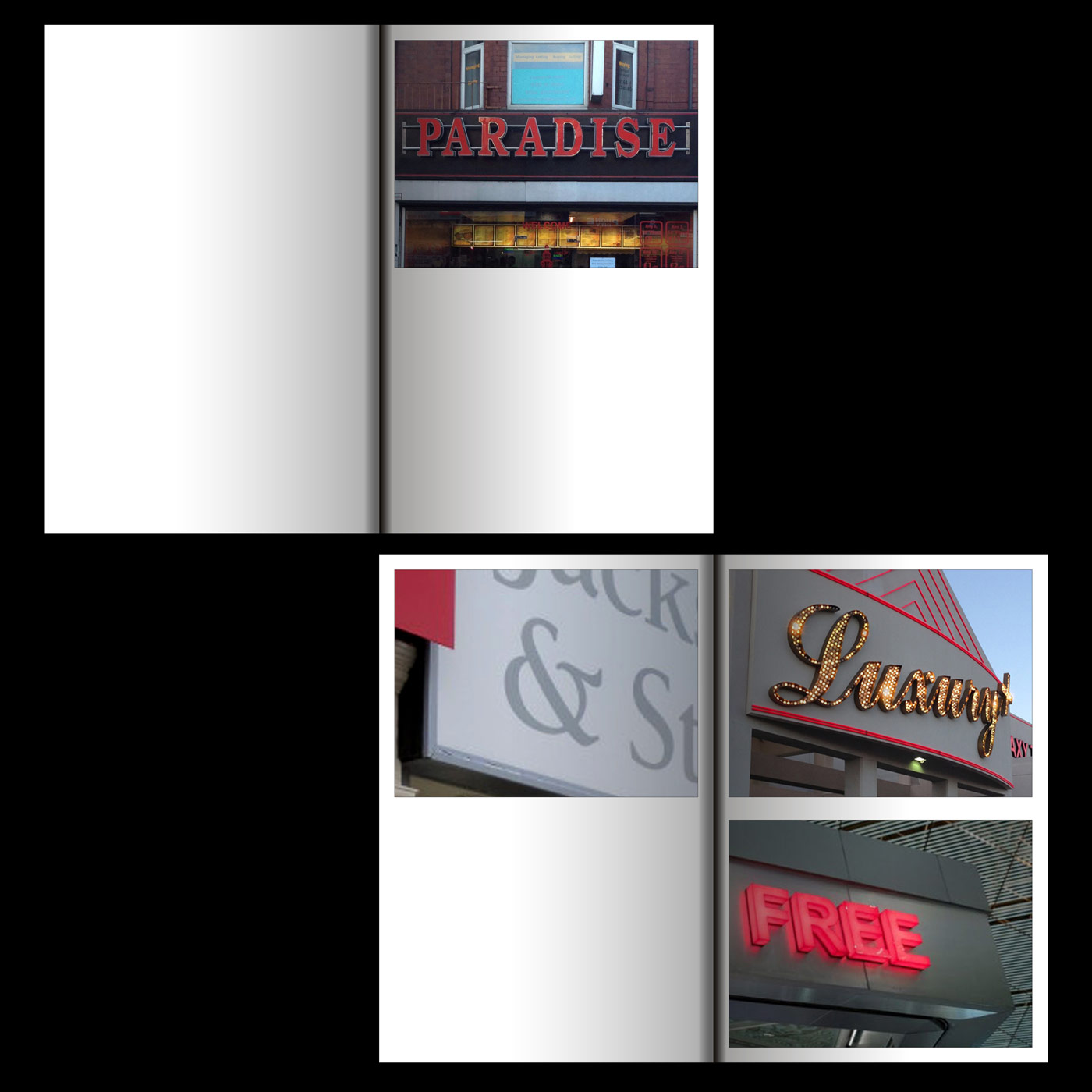
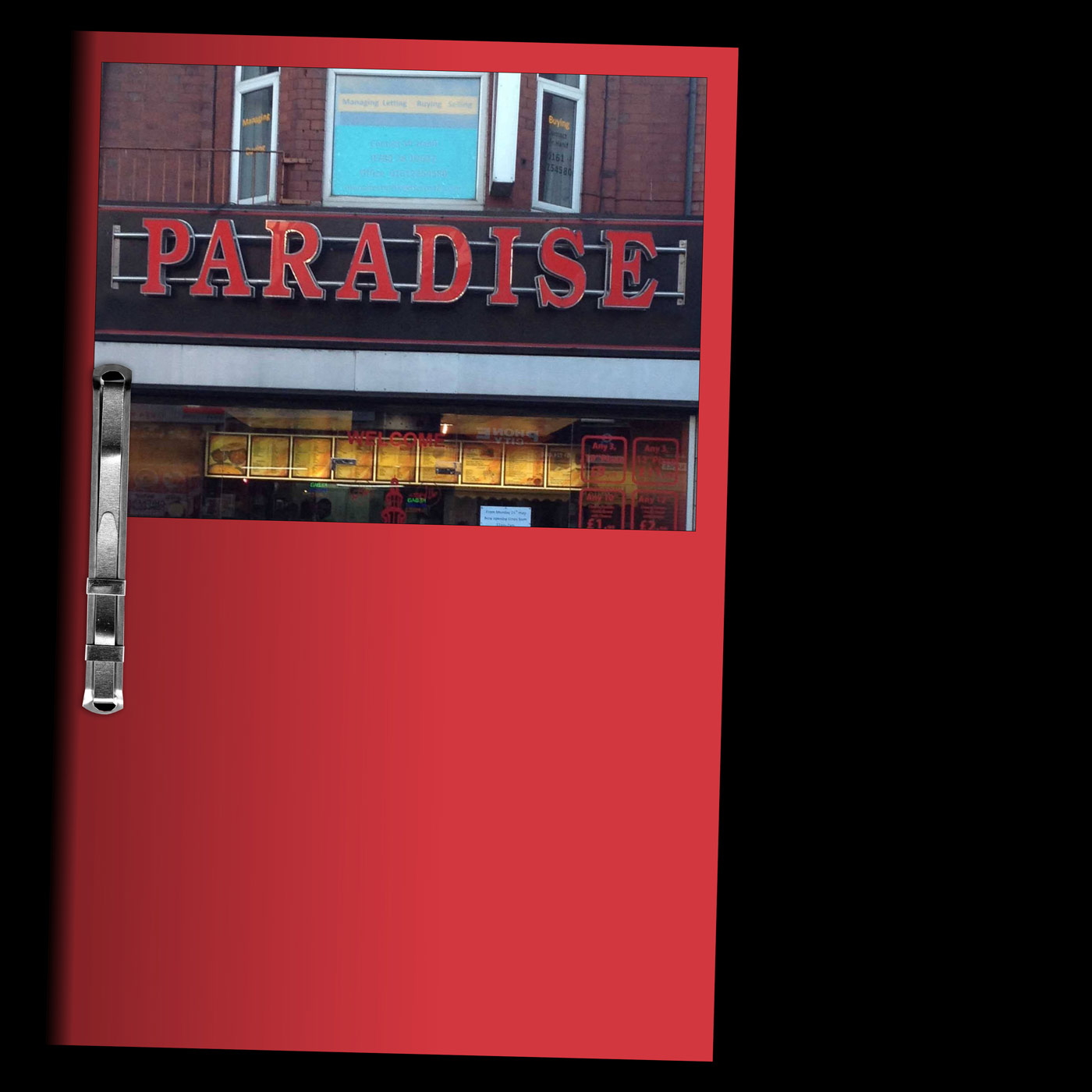
Being a collaboration only between the members of their team, their newest project is also their favorite piece of work to date. “We love all our children but if we had to pick, it would be Paradise. Despite its simplicity, it felt the most authentic”, Desire state, “It was created during peak lockdown and was a very cathartic process with a lighter tone. Paradise is a poem for the times told through signage found via Google Street View.” As much of Desire Press’ work is influenced by different typefaces, the idea for the zine was born out of the realization that they actually missed the usual and daily onslaught of signs before the lockdown. “The element of escapism from the original function of the text works on many levels, not only geographically spanning the world in a single page, or in terms of creating a new narrative by removing their context in a commercial space, but by also allowing the aesthetics and stylistics of the typeface to be appreciated in a different light. It kept us sane during a weird time”, they explain.

As seen in their past projects, it’s clear that Desire is a studio that thrives off collaboration. “We learn from each other, we feed off of each other. Our design choices are inspired by the group works. It is powerful to pool skills and knowledge”, Desire states, emphasizing the importance of collaborations to their work. “It strengthens connections and communication channels which often opens doors to more projects. Associations with others helps inform our own style, fuels creative exploration and creates a sense of community.”
Mixing digital with physical is something, Desire has championed from the beginning, using printed QR coding, to tie their digital projects within their publications. As the role of print media in everyday life is fleeting, it was important to them to treat technology not like “an enemy, but more like a new collaborator.”
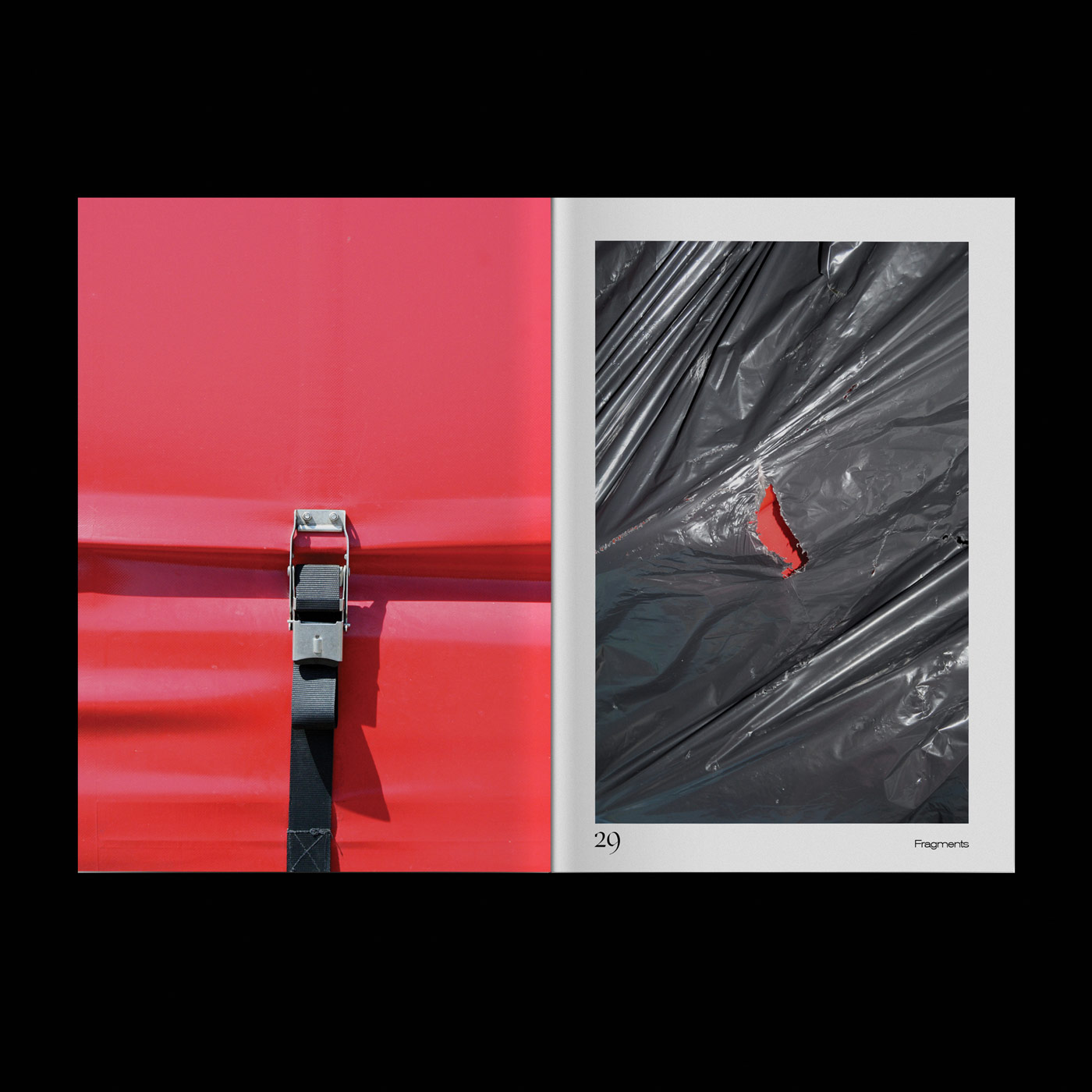
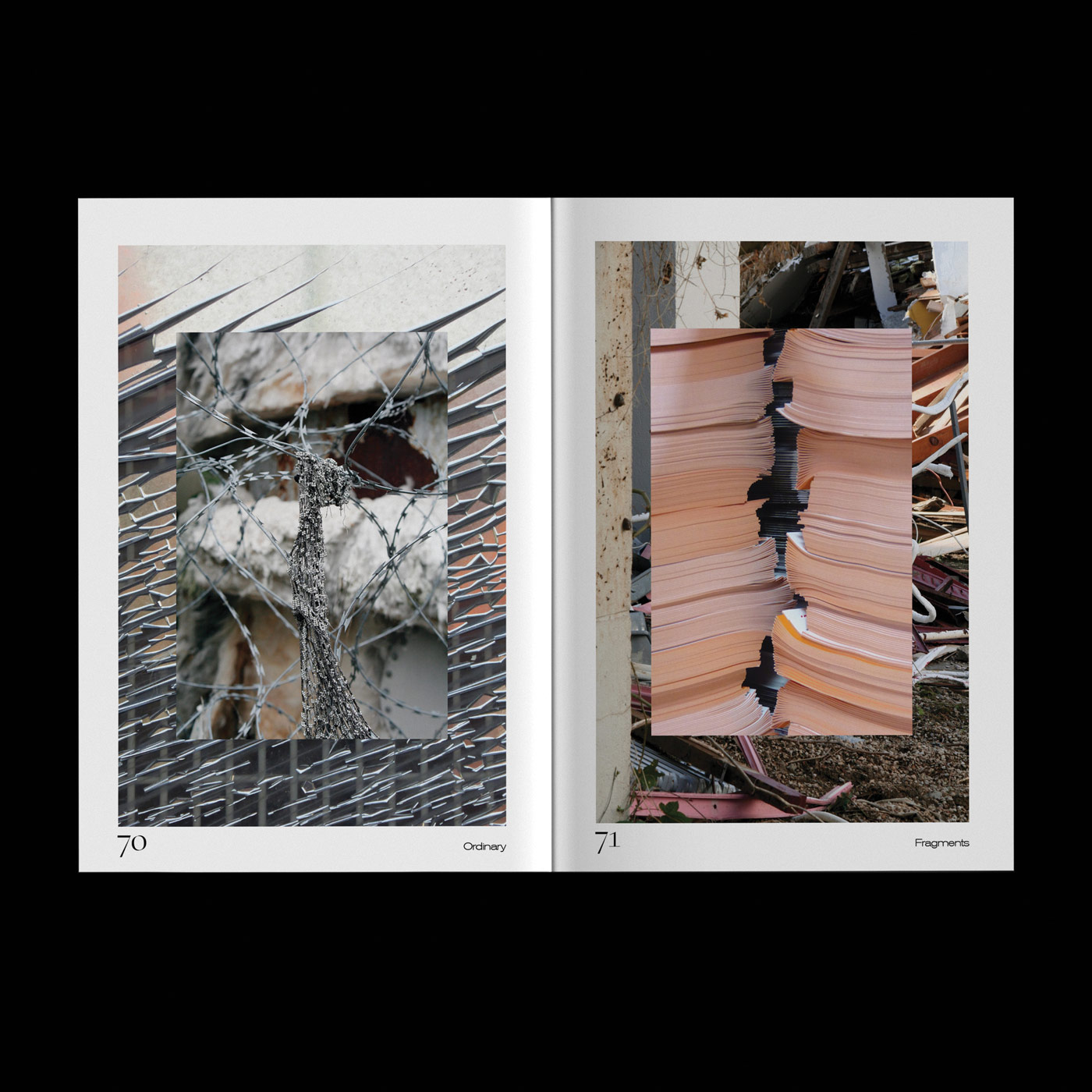
Looking into the future, Ben and Meg are excited about the prospect of launching new projects. For their upcoming public exhibition in Manchester, they re-purposed empty shop windows in the town centre to display vinyl graphics and typography pieces. The pieces work within the tropes of sales propaganda and present an idealized imagination of futuristic convenience stores “where feelings and emotions replace material commodity items”, they explain. Apart from that, they have recently been working on several collaborative projects again, among them the branding of Sam Blackwood’s project, called Local Haunts, or the design of the new hand sanitizer by Lucas Chemotti and Richie Dandan. “It’s been great to be able to work with past collaborators and we hope to continue to do so in the future”, Desire state, “Our only dream is to continue to develop as a studio, through our works, collaboration, publications and exhibitions. We aren’t searching for huge expansion or design world domination, we just want to create projects that people are engaged with.”

